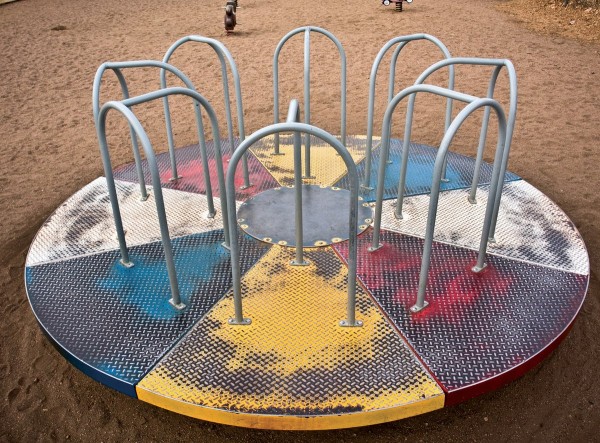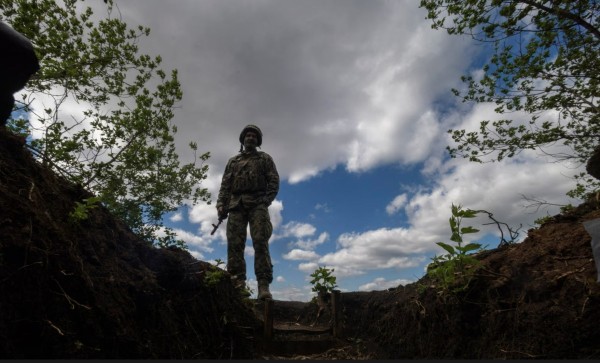The year 1944 was fateful for the Estonians and the Republic of Estonia. Occupied first by the Russians four years earlier, then occupied by the Germans in 1941, in the chaos of World War II a desperate and heroic effort was made in 1944 to save what could be saved of Estonia’s independence. The following article by Priit Aruvald follows the events of that crucial year in Estonia’s history.
THE “SOOMEPOISID”
In 1943 many young Estonian men, not wishing to fight for either the Germans or the Russians, had escaped to Finland where they were taken into the Finnish army and formed into ‘Infantry Regiment 200', fighting in the Finnish Winter War against the Russians 1943-44. Under their ideological commander Karl Talpak their aim was to return to Estonia when the time came to fight for Estonia’s independence. In August of 1944 that time was at hand. Realizing that German capitulation was inevitable, the National Committee decided it was time to bring the IR200 home from Finland. Aleksander Warma, the Republic of Estonia’s ambassador in Finland recounts:
“On the second day of August 1944 Captain E. Kirotar and Captain K. Talpak visited me, the first the agent of the chief of staff and the second the representative of the Estonian volunteers and presented their wish that I, as the ambassador of the Republic of Estonia, approach the government of Finland with a request to transfer the volunteer Estonian regiment from Finland to Estonia to defend their homeland. They stressed that the matter is urgent and the mood amongst the volunteers restless.
On July 28 ‘44 I had sent the ENC the following secret message: ‘Urgent. To the ENC, copy to Stockholm. Please advise me immediately of your position, concretely and clearly: does the ENC consider it necessary to bring the volunteer regiment to Estonia and when.’
The response came from the National Committee on August 2, 1944:
‘Absolutely secret. We consider the immediate transfer of the regiment to be vital. Take steps.’ And later a radiogram from the ENC 14.8.1944: ‘Warma. Permission received from authorities here for bringing the regiment here. Send them immediately, if possible today, tomorrow. The regiment will stay together. Unquestionably together with their arms. If necessary the last on a separate ship.’“
By arrangement with the German authorities the Finnish government allowed the IR200 to return to Estonia. But without their weapons. Ilmar Heinsoo recalls: “It was enough to make you cry. We had brand new Finnish rifles, better than what that the Germans had. And they took them away from us. The Germans didn’t want our regiment landing in Estonia carrying arms.”
On the 19th of August 1,752 returning volunteers were in Estonia. Joined by complementary transports a few weeks later the total number by September was 2,002 men of the IR200. Word of the arrival of the “Soomepoisid” (the Finnish boys) was cause for an enthusiastic welcome by the local populace. Their arrival gave new hope that all was not lost. But the high spirits amongst the men themselves quickly turned to ill-feeling towards the Germans when first they were forced to trade in their Finnish uniforms for German ones and when despite previous agreements it was announced that the IR200 would not be kept together but was to be dispersed. The Germans did not wish to see a regiment of questionable loyalty kept together. The former 1st Finnish battalion arrived at the front in Tartu on August 26 and two days later were engaged in their first action near Pupastvere. (The remaining men of IR200, all fully trained men and the most skilful forest fighters the Germans had at their disposal were dispersed into training camps where they were left until the German retreat without thus being of use to either the Estonian or the German war effort.) The assault by the Estonians was so vicious and energetic that in pursuing the enemy they managed to leave the German units far behind them and prompted the Red Army to plead for help from headquarters in fighting ‘the thousands of bandits that had arrived from Finland’ although the battle strength of the battalion did not exceed 350 men. Within three days, August 30, the battalion, with the aid of an Estonian police battalion on their right flank, was at the north bank of the Emajõgi sending Soviet troops retreating across the river. On September 4 an assault was launched in an effort to retake Tartu . But despite heavy losses, Soviet forces held their positions and the Estonian units, their ranks and supplies severely drained, were forced to halt the assault. For the next two weeks relative calm prevailed on the front as both sides regrouped. But on September 14 the battle began anew. The Red Army had by this time reinforced its line which included the Estonian Rifle Corps (Laskurkorpus). During the first Soviet occupation 30,000 men had been forcefully conscripted into the Red Army but being considered unreliable most were sent to perish under inhuman conditions in labour camps such as the one at Archangel. (One survivor of Archangel, Edgar Heinsoo, relates: “They were starving us to death. Some of the men even resorted to cannibalism...”). Later in late 1941 and/or early 1942 Baltic combat units were formed, including 18,000 Estonians (800 of whom surrendered to the Germans at Velikie Luki in December 1942) although the units were used primarily symbolically in the Soviet re-occupation of Estonia, evidenced by their presence in southern Estonia (and later in the assault on Tallinn) in September 1944. So not for the first time Estonians were fighting Estonians on opposite sides of the front. There were, however, some interesting encounters. Legend has it, for example, that while resting at the Annimõisa farm in Kirbla, for example, Estonian soldiers, including Col. Alfons Rebane, were sitting in the front room when they discovered that Estonian soldiers from the Red Army were sitting in the back room. The door was opened, explanations made in Estonian and soon bread, sausages and a bottle of moonshine were being passed around.
(To be continued)
ESTONIA 1944 (4)
Archived Articles | 04 Sep 2002 | EWR
Archived Articles
TRENDING




















